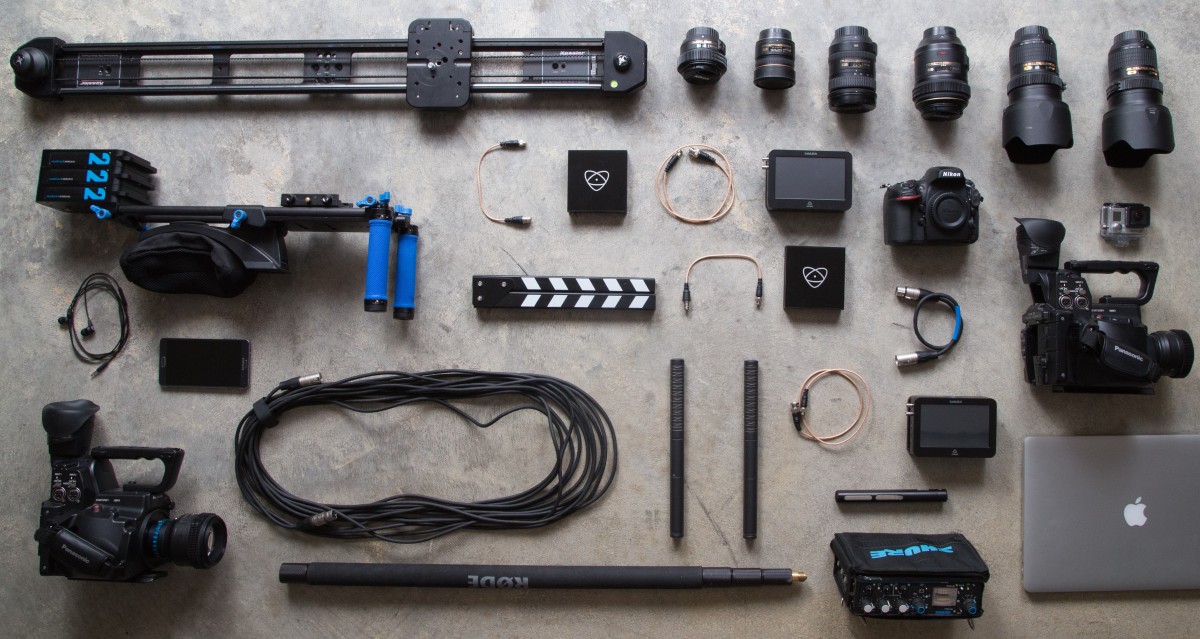At the encouragement of my sister and parents, I started the Netflix series Unbreakable Kimmy Schmidt the other day, and I adore it. To me, it is first and foremost great comedy and writing. Secondly, I think it has a great standing amidst fears of being politically correct humans.
The premise of the series is that Kimmy was one of four women kept locked in a bunker by a religious fanatic for 15 years; she comes into the present day of 2015-16 with absolutely no knowledge of how to be an adult in contemporary America.
One of the things that I love about the series is the writer: Tina Fey. She is possible one of my favourite public figures, comedians and women in the world, partly because her style of comedy is unadulterated and challenging.
She doesn’t shy away from ideas that are challenging in society, writing freely and provocatively about topics including sex and race in a way that makes me laugh at this inherent paranoia of being politically correct. For instance, in the first episode, Kimmy meets her roommate Titus after the landlady, Lillian’s, nonchalant introduction of him as ‘single, but very gay’ and ‘very black.’ Her matter-of-fact delivery is subtly jarring despite its humour.
I think something that draws me to this type of comedy is that it highlights the fact that in reality, being politically correct is something we overthink. Titus’ introduction is a good example of this, because in a formal essay or article he would be described as a ‘homosexual African-American,’ and while there is nothing wrong with this kind of description, it is overcomplicated and borderline pretentious.
If you were to watch another production by Tina Fey, such as Mean Girls or 30 Rock, you’d probably get what I’m trying to say. In Mean Girls, the first time Cady is introduced to her class as an exchange student from Africa, the teacher (played appropriately by Fey) is quick to assume that a black student ‘from Michigan’ is said exchange student. And in 30 Rock, there is an entire episode in which white businessman Jack Donaghy (played by Alec Baldwin) gets black actor and comedian Tracy Jordan (played by Tracy Morgan) to film a Republican campaign video to encourage black Americans to vote Republican; ultimately, Donaghy simply gets Tracy to say ‘Black people, don’t vote!’
My ultimate thoughts on Tina Fey is that in a time where censorship and political correctness is a hotbed of paranoia and anxiety, her humour is relaxed yet provocative. I am always going to have a biased view of her work since I adore her, but frankly I think that there needs to be more appreciation for this woman and the lens she offers us through which we can simply have a chuckle about how unusual, unfair or uptight the world can be sometimes.






